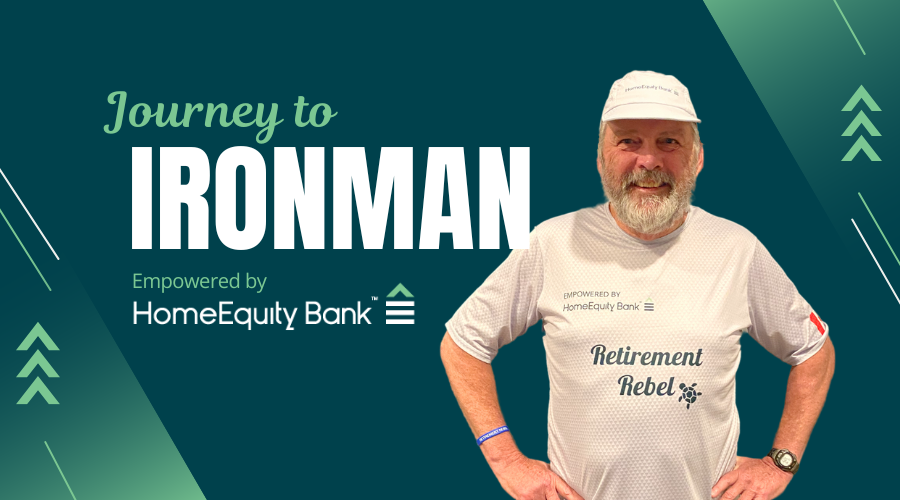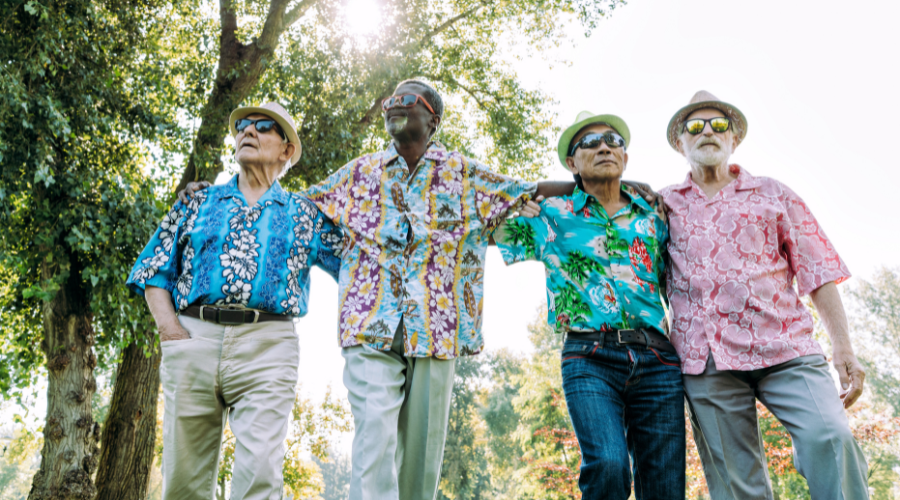One of the problems associated with financial planning is that it assumes a retiree’s level of spending will be the same year after year, but in real life it doesn’t work like that.
Michael Stein, author of “The Prosperous Retirement” came up with a concept of a three phase retirement the phases being – The Go-Go years, the Slow Go Years, and the No-Go years.
Three Phases of Retirement
Phase 1: The “Go-Go” Years
In their “go-go” years retirees are in good health and eager to catch up and do all of the things they didn’t have time to do when they were working. Because of this increased activity, many retirees will initially spend more than they did before they retired.
You will need to put aside extra funds to cover fun things like travelling, sports, club memberships, new golf clubs, and possibly renovating your kitchen—which you’ll be using more because you’ll have more time to cook.
This is prime time, so don’t cheap out because you’re scared of spending your money even though you have lots of it. You want to enjoy this wonderful period of your life and not end up regretting missing out on some fun stuff while you had the chance.
Phase 2: The “Slow-Go” Years
Eventually, depending on the state of their health, retirees will hit their “slow-go” years. They become less energetic and more sedentary which results in less spending. They will travel less and stay in for dinner rather than go out.
Just make sure you don’t become too much of a homebody while you’re still able to get around. Remember longevity principle # 1: It’s important for your well-being to maintain activities that keep you engaged with the people around you for as long as you can.
Phase 3: The No-Go Years
At some point people will enter their “no-go” years and they will experience a further slowdown in activity levels. You need to be prepared for a possible rise in medical costs and how much they will rise is anybody’s guess.
The length of this final phase depends on the level of your health. Your No-Go period might be five years, or it might be 20. Some people will decide to age in place in their own homes, and some might decide to move into a retirement home. Others may need to transition to an assisted living facility or nursing home.
In summary, during their early years in retirement, many retirees end up spending as much as or more than they did when they were working. If you need to work part time to help pay for all the fun things that you have on your dance card, do it now while you still can.
Rising medical costs late in life is the unknown. That is why smart retirees focus on their long term health working out on a regular basis and eating healthy. They know it’s all abut putting the health odds in their favour.
Learn more about retirement. Join me on Wednesday, February 21 at 1:30 PM (EST) for a FREE webinar to help you design your ideal retirement lifestyle.







